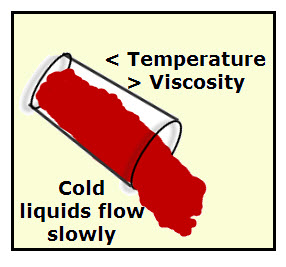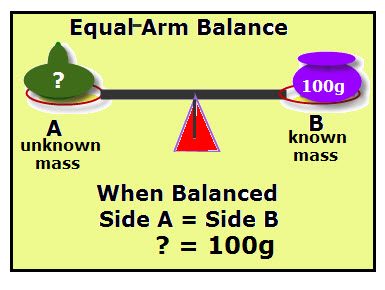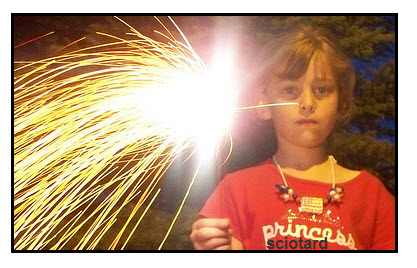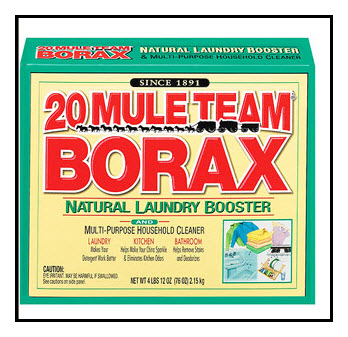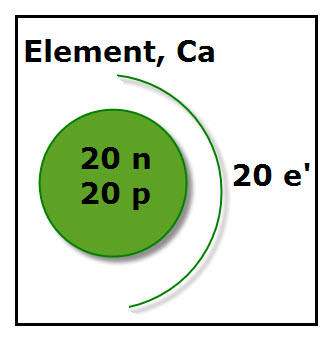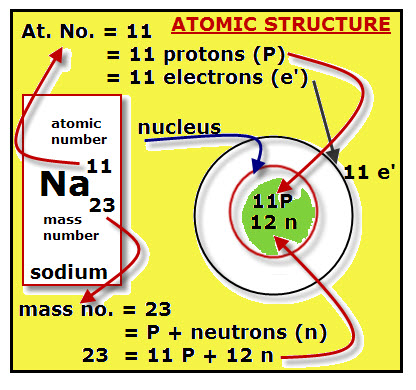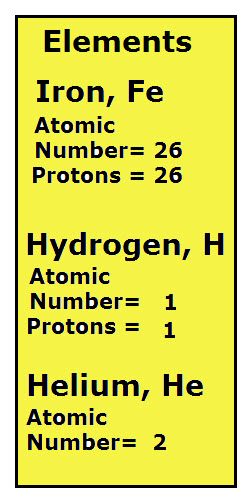LIQUIDS FLOW Because liquid particles can move past each other, they can flow. This is very important when transporting liquids from one place to another through pipes or water ways. VISCOSITY is a measure of the resistance of a liquid to flowing. The viscosity of a liquid increases as the temperature of a liquid decreases. […]
Mass: Equal-Arm Balance
Matter is anything that has mass and takes up space. Mass is defined as the amount of matter that an object is made of. YIKES! Matter has mass and mass is made of matter! This doesn’t tell me what these terms mean. UUM!! For now, let’s say that mass is the amount of STUFF that […]
Oxidation: Sparklers
Most people think of fireworks as being explosive and dangerous for children–they are very correct. But many think sparklers are safe for children. NOT TRUE! Some of the forming information is too advanced for young children, but the safety use of sparklers is. Did You Know!! 1. Water boils at 212 degrees Fahrenheit and can […]
Borax Crystals
Need a Fast Growing Crystal? Borax crystals form from a Supersaturated Borax Solution in about three hours. Recipe for a Supersaturated Borax Solution1. Mix 1 cup of borax and 2 cups of water in a cooking pot.2. Heat the mixture to boiling, stirring so that the borax thoroughly mixes with the hot water. All the […]
Periodic Table: Element
An element is a chemical made up of one kind of atom. The known elements are listed on a chart called the Periodic Table. The elements are not randomly placed on the table. Instead, they are listed in order of their atomic number. Each element has its own atomic number which identifies it from all […]
Catalyst
This activity is a bit different. It is a magic trick used to model how a catalyst is used to combine two chemicals. A catalyst is a chemical that changes the rate of a chemical reaction, but does not become part of the product. Following is a fun way to demonstrate how a catalyst might […]
Atomic Structure
Question: What are atoms made of? Answer: Atoms are the smallest part of an element (single substances, such as copper, gold, and carbon). Atoms can be divided into two basic regions: 1. The region in the center of an atom is called the nucleus. Particles inside the nucleus are called nucleons, such as protons and […]
Atomic Particles: Worksheet
Sample Worksheet Teaching Tips 1. The diagram gives just enough information to answer the following questions if the students are familiar with these terms: atomic number, electrons, mass number neutrons, nucleon, nucleus, protons, 2. Each sample question is followed by its answer. Instructions: Using the diagram fill in the blanks for each statement. 1. The […]
Atomic Particles
ATOMIC STRUCTURE OF SODIUM The Periodic Table provides the information about every known element. In the diagram, one cell from the periodic table is shown. This is the cell for the sodium element. The contents of the cell shown are: Name: sodiumSymbol: NaAtomic Number: 11Mass Number: 23 Study the example diagram, and then fill in […]
Atomic Number
Atomic numbers are the ID numbers for all known elements. Each element has its own specific atomic number. For example, in the list of elements note that each has its own atomic number. The atomic number for an element also provides formation an element’s atomic particles. Protons Protons are the positive particles in an atom. […]
- « Previous Page
- 1
- …
- 6
- 7
- 8
- 9
- 10
- …
- 19
- Next Page »
